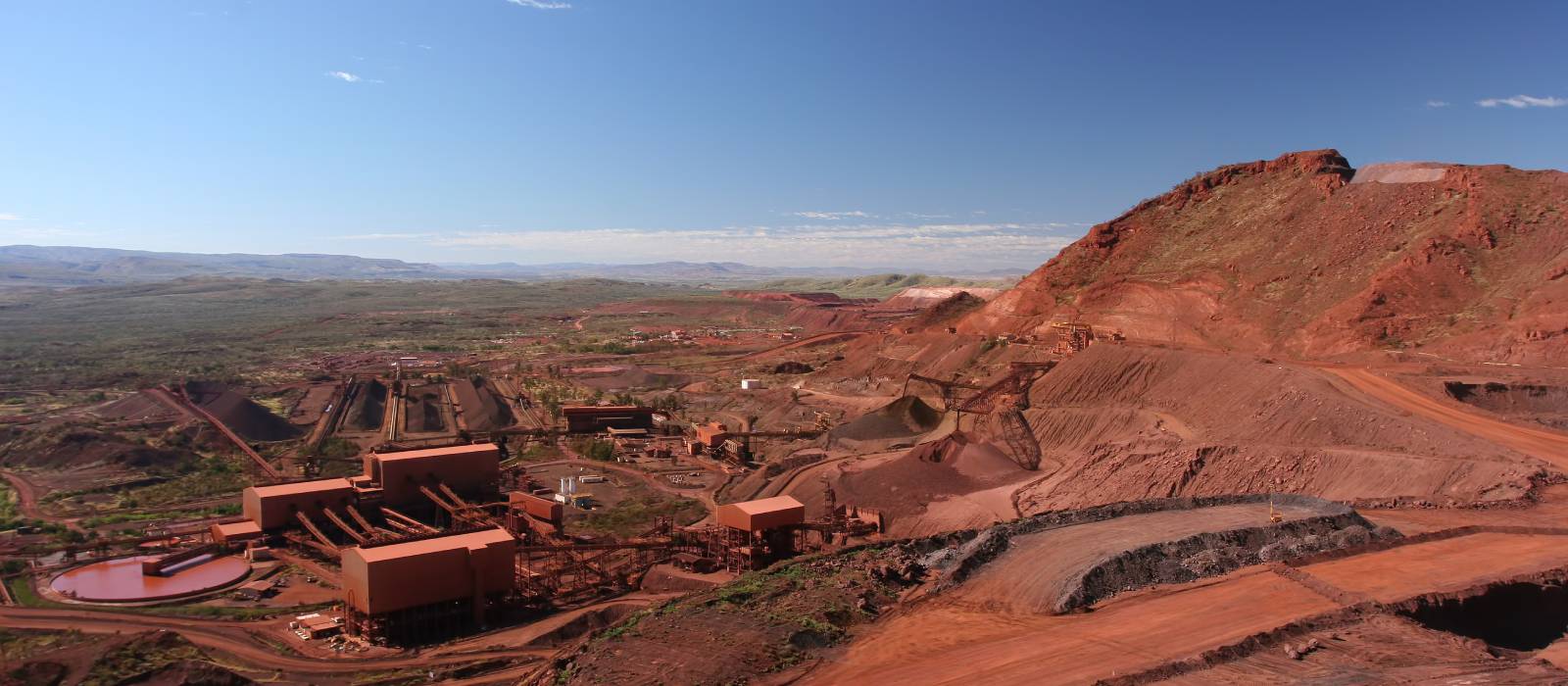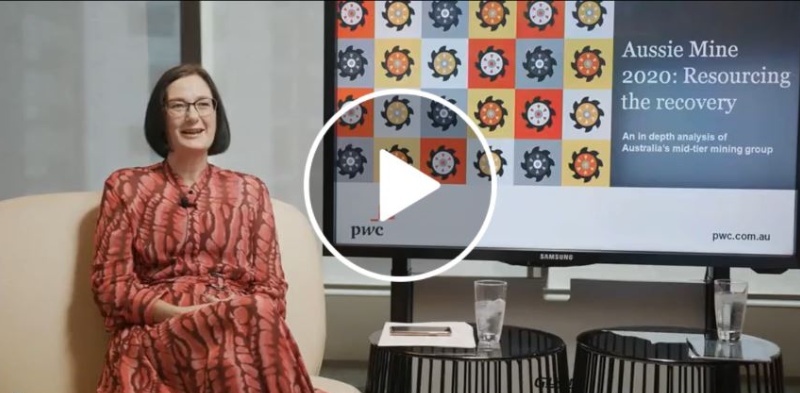PwC’s Aussie Mine 2020 report: Resourcing the recovery

Australia’s mid-tier miners have shown resilience throughout the COVID-19 pandemic, and their performance reinforces the vital supporting role mining plays for the economy and communities
Australia’s top 50 mid-tier miners (MT50) just might hold the key to resourcing Australia’s recovery.
Despite the onset of the COVID-19 pandemic, Australia’s MT50 have collectively maintained consistent revenues and profits throughout the past year. In fact, for the first time the MT50 has outperformed the market with their combined performance equivalent to an ASX5 company.
These were the findings of PwC’s signature Australian mining publication, Aussie Mine 2020: Resourcing the recovery, which provides industry and financial analysis on Australia’s MT50 – the largest ASX mining companies with a market capitalisation of less than $5 billion as at 30 June 2020.
Webinar: PwC’s mining and specialist leaders discuss this year’s Aussie Mine findings

PwC Australia National Mining Leader Debbie Smith said ‘Aussie Mine 2020 tells us the mid-tier miners have shown resilience throughout the pandemic and highlights the key role that miners play in supporting communities and the broader economy.
‘The MT50 have collectively paid $1.5 billion in mineral royalties and more than $3.5 billion in dividends to shareholders in the past year. Our estimates show the group also employs more than 50,000 people globally; even more if you count the jobs created for contractors and communities.
‘The MT50 spent $5.9 billion on CAPEX during the year and with momentum continuing on projects, this continued investment will continue to be a very important contributor to jobs growth. With contributions like this and strong finances, we believe the MT50 are well positioned to resource our nation’s economic recovery.’
PwC Australia 2020 Aussie Mine Project Leader Justin Eve said ‘The MT50 has never performed so well. The value of net assets is the highest it has ever been. This means there are stronger balance sheets in the MT50 to leverage into the future. We now have a really solid base in the mid tier, on which to continue to build on.’
‘Exploration is up 21 per cent, and we’ve seen that also through a record number of eight explorers making the MT50. This demonstrates the willingness to invest in future mines and therefore employing a lot of people through the value chain. This is a great sign that investors have confidence in the industry’s future potential.’
Golden year: gold miners represent largest group in MT50
The surge in gold prices over the previous 12 months has shaped the movement in the MT50, with gold miners accounting for more than 50 per cent of new entrants in 2020. Gold miners now represent the largest group, making up 44 per cent of the MT50 and had three new entrants to the top ten mid-tier miners.
‘It’s been a golden year for the MT50, but that’s not surprising given record gold prices and the fact that investors often turn to gold in times of high uncertainty. Gold’s stellar performance in the past year makes it an outlier in the 2020 MT50 and across the entire economy, sitting well ahead of the collective performance of the ASX200,’ Eve said.
Role in recovery rests on responsible ESG practices and response to emerging issues
Aussie Mine 2020 has found that while most mid-tier miners are moving in the right direction on environmental, social and governance (ESG) disclosure, reporting remains relatively immature against the new World Economic Forum framework.
‘The stakeholder group for the MT50 is expanding and expectations of transparent, robust and meaningful ESG disclosure are rising. The reporting frameworks have been evolving in line with this changing reference point in how companies are being assessed. For mid-tier miners’ continued success, they must move past the stage of general or variable commitments and address community concerns on ESG practices,’ Smith says.
‘A strong focus on ESG will improve “brand mining” and translate to long-term value creation for investors, regulators, consumers, employees and the communities that MT50 operate in. This will strengthen the sector’s social licence and ability to attract higher-quality capital.’
Productivity should also be a focus for the MT50, as not only will successful productivity get the most out of the company’s operational efforts, it will also enable the company to withstand swinging commodity prices.
But as operations continue to focus on technology efficiencies, automation and connectivity within the ecosystem, the MT50 must be aware of cybersecurity threats. Seventy-eight per cent of industrial control systems managers believe there will be a cyberattack within 12 months. By implementing cyber strategies, the MT50 can help to lower the likelihood and impact of a potential cyberattack.
Lastly, the strong performance of the mining sector creates a temptation for governments to increase royalties or revisit mining-specific tax regimes. In the past, industry leaders have discouraged the government from raising taxes, leaving the industry free to create jobs and promote growth in the Australian economy. At the same time, there is heightened interest from the community around whether they are getting their fair share of tax receipts from mining corporations as they reap the benefits of higher commodity prices. There is an opportunity for members of the MT50 to get ahead of the debate and sign up to the Board of Taxation’s Tax Transparency Code.
To learn more and understand how the MT50 is shaping up to resource Australia’s recovery, download the report here.
Contact the authors
Debbie Smith
National Mining Leader
PwC Australia
debbie.smith@pwc.com
Justin Eve
Aussie Mine 2020 Project Leader
PwC Australia
justin.eve@pwc.com